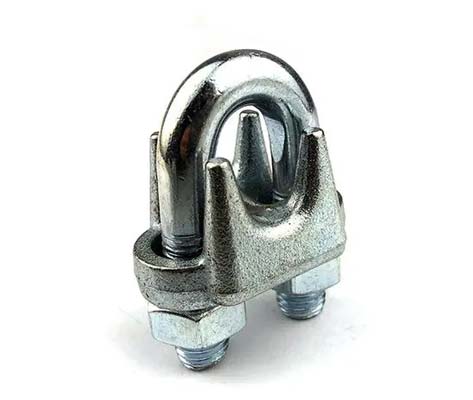- Contact Innally, Let you purchase forgings in China more favorable prices, products more assured!
- Hotline:+(86)15038323776 Email:innally@innally.com
Rigging forging common problems and solutions are what?
- Category: Aluminium alloy forging, Rigging and fasteners
- |
- Date: 26/09/2023
there are various problems encountered in the manufacturing and use of rigging forgings, and corresponding solutions need to be taken according to the specific situation. Manufacturers need to fully control the forging process to ensure the quality of each link and the stability of process parameters, and timely find and solve various problems to improve the quality and reliability of forgings.
Product Details
Rigging forgings often encounter various problems in the process of manufacturing and use, the following are some common problems and corresponding solutions:
Forging defects: Forgings may have internal and external defects. Internal defects include low-power defects (such as porosity, shrinkage, white spots, etc.) and microscopic defects (such as decarbonization, ribbon structure, casting tissue residue, etc.). External defects include oxide skin, surface cracks, etc. These problems can cause the forgings to degrade or even become unusable.
Solution: Through strict inspection of raw materials, control of the heating and forging process, and adjust the heat treatment process and other measures to avoid these defects as far as possible. For existing defects, grinding, repair and other methods can be used to deal with, but to ensure that it will not affect the performance of the forging.

Mechanical properties are not up to standard: forgings may be due to various reasons leading to their mechanical properties are not up to standard, such as insufficient heating, improper forging temperature, heat treatment effect is not good.
Solution: Through strict inspection of raw materials, control of the heating and forging process, and adjust the heat treatment process and other measures to ensure that the forgings have qualified mechanical properties. For forgings whose performance is not up to standard, it is necessary to find out the reasons and make corrections.
Surface oxidation: forging in the heating and forging process, the surface is easy to produce oxide skin. If the oxide is too thick or strong, it will affect the quality of the forging.
Solution: Carry out the oxide cleaning machine equipment before forging to remove the oxide. At the same time, the heating temperature and time of the heating furnace are controlled to reduce the generation of oxide skin.
Error: Forgings may produce error during forging, which will affect the quality and performance of the forgings.
Solution: In the forging process, pay attention to control the error and minimize the error. For the errors that have been produced, the method of re-forging can be corrected.
In short, there are various problems encountered in the manufacturing and use of rigging forgings, and corresponding solutions need to be taken according to the specific situation. Manufacturers need to fully control the forging process to ensure the quality of each link and the stability of process parameters, and timely find and solve various problems to improve the quality and reliability of forgings.
nannan
INNALLY mainly provides you with various types of cast and forged parts products. Welcome your inquiries! innally@innally.com
Related Products
Search
Forging center
- Steel forgings
- Aluminium alloy forging
- Titanium alloy forging
- Stainless steel forging
- Copper forging
- Automotive forgings
- Locomotive forging
- Bicycle forgings
- Motorcycle forging
- Rigging and fasteners
- Bearing forging
- Electric power fittings
- Marine forging
- Mechanical forgings for metalworking
- Mining machinery forgings
- Marine engineering forgings
- Construction machinery forgings
Popular product

© 2025. All Rights Reserved.






